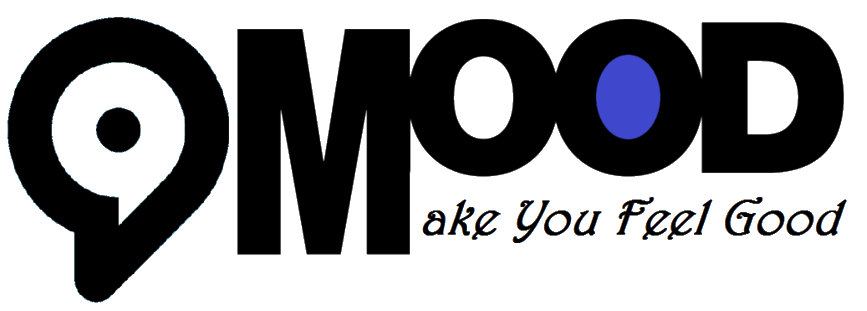TL;DR – Learn how to implement CQRS design pattern in microservices with detailed examples and best practices in this comprehensive guide.
CQRS, which stands for Command Query Responsibility Segregation, is a design pattern commonly used in microservices architectures. It emphasizes the separation of concerns between reading (querying) and writing (commanding) data. The basic idea behind CQRS is to have separate models for reading and writing data, enabling independent scaling, optimization, and flexibility for each operation. You can learn more about CQRS Design Pattern in Microservices in this article.

In a traditional monolithic architecture, the same model is often used for both reading and writing operations. This can lead to performance issues when the application experiences heavy read or write loads, as both operations might compete for the same resources. CQRS addresses this problem by introducing a clear distinction between reading and writing operations.
You may also like to read, Who Guards The Internet?
Here's how CQRS works in practice:
Separate Models: With CQRS, you have separate models for reading and writing data. The write model, known as the command model, is responsible for handling commands and updating the state of the system. The read model, known as the query model, is optimized for efficient querying and fetching of data.
Command Handling: When a client wants to modify the state of the system, it sends a command to the command model. The command model validates the command, performs the necessary business logic, and updates the data store accordingly. This model focuses on maintaining data consistency and enforcing business rules.
Query Handling: When a client needs to retrieve data, it sends a query to the query model. The query model is designed to provide fast and optimized access to the data. It might use denormalized views, caching mechanisms, or other techniques to improve read performance. The query model doesn't modify the data; it solely focuses on delivering data to clients.
Synchronization: To keep the query model up-to-date with the command model, a mechanism for synchronization is required. This can be achieved through event sourcing or by propagating events or changes from the command model to the query model asynchronously. By doing so, the query model can be eventually consistent with the command model, providing up-to-date information to clients.
Aspects and considerations related to the CQRS design pattern in microservices:
Event Sourcing: CQRS is often used in conjunction with event sourcing. Event sourcing is a technique where instead of storing just the current state of an entity, you capture and store a sequence of events that led to the current state. The event log serves as the source of truth for the system's state. The command model applies the events to update the state, and the query model can consume the events to build projections for query purposes. Event sourcing provides a detailed audit trail, supports temporal queries, and enables rebuilding state from events.
Scalability and Performance: CQRS allows you to scale the read and write models independently based on their respective requirements. For example, if your application experiences heavy read traffic, you can scale the query model horizontally by adding more instances or employing caching mechanisms. Similarly, if you have complex write operations, you can scale the command model accordingly. This separation allows you to optimize performance and allocate resources effectively based on the workload.
Data Consistency: CQRS introduces eventual consistency between the command and query models. While the command model handles immediate updates and enforces business rules, the query model might take some time to reflect those changes due to propagation mechanisms. It's important to communicate this trade-off to users and design your system with appropriate strategies for dealing with eventual consistency, such as displaying stale data or providing real-time updates through other means (e.g., websockets or push notifications).
Command Validation and Error Handling: The command model is responsible for validating and processing incoming commands. It enforces business rules and performs necessary checks before updating the system's state. If a command fails validation or encounters errors during processing, appropriate error handling mechanisms should be in place to inform the client and provide meaningful feedback.
Integration with Message Brokers: CQRS often relies on asynchronous communication and message-driven architectures. Message brokers like Apache Kafka, RabbitMQ, or AWS Simple Notification Service (SNS) can be used to decouple the command and query models. Events or changes generated by the command model can be published to the message broker and consumed by the query model for updates or projections.
Complexity and Development Effort: Adopting CQRS introduces additional complexity to your system. It requires designing and managing separate models, implementing synchronization mechanisms, and dealing with eventual consistency. This complexity can impact development effort, testing, and maintenance. It's crucial to carefully evaluate whether the benefits of CQRS outweigh the added complexity and if it aligns with the specific needs and complexity of your application.
Here are a few examples where CQRS can be beneficial:
E-commerce Platform: In an e-commerce platform, the command model would handle operations like placing orders, updating inventory, and processing payments. The query model would be responsible for fetching product details, generating reports, and displaying order histories. By separating the read and write models, you can optimize each model independently for their specific requirements.
Social Media Application: In a social media application, the command model would handle operations like posting, commenting, and following other users. The query model would be responsible for displaying user profiles, news feeds, and search results. By separating the read and write models, you can scale the read model horizontally to handle high read loads while keeping the write model focused on maintaining data consistency.
Analytics Dashboard: In an analytics dashboard, the command model would handle data ingestion and processing, aggregating and transforming raw data into meaningful insights. The query model would be responsible for serving pre-calculated reports, dashboards, and visualizations to users. By separating the read and write models, you can optimize the query model to deliver real-time analytics while allowing the command model to handle complex data transformations.
Wrapping up...
CQRS is a powerful pattern that can bring several benefits to microservices architectures, including improved performance, scalability, and flexibility. However, it also introduces complexity and additional considerations, such as synchronization mechanisms between the command and query models. Therefore, it's essential to carefully evaluate the trade-offs and the specific requirements of your system before adopting CQRS.
Discover more from 9Mood
Subscribe to get the latest posts sent to your email.


























0 Comments